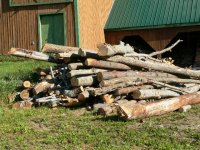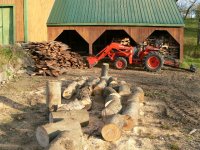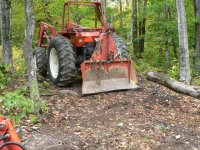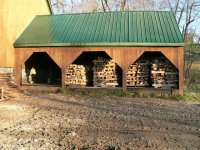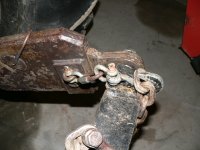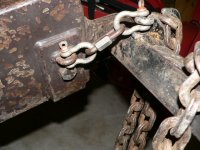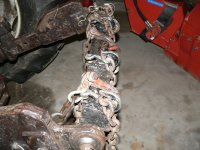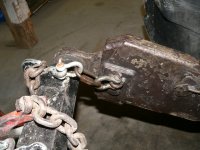arrow
Super Member
You can safely pull from the draw bar with your size tractor. If I were skidding with a larger tired tractor without a loader, I would not consider pulling from the draw bar.
The reasons are as follows: The smaller tractor spreads the weight of the log all around the chassis because of its shorter wheel base. Tires on the smaller c.u.t.s are not as tall and do not create the leverage of larger tractor tires. Most older tractors did not have 4 wheel drive which weights down the front of a cut. I consider this type of tractor lethal when pulling from the draw bar while in a ground obstructed woodlot. I witnessed such lethality the day I saw a man with an Allis WD 45 flip his tractor over on to himself when he popped the clutch on a 3 oak stem hitch. (they also did not have rops) I have pulled out enormous oak stems with my little JD 750 with nary a front end lift even when picking up the front of the log with the 3 pt. You'll get more comfortable as you pull out more stems.
The reasons are as follows: The smaller tractor spreads the weight of the log all around the chassis because of its shorter wheel base. Tires on the smaller c.u.t.s are not as tall and do not create the leverage of larger tractor tires. Most older tractors did not have 4 wheel drive which weights down the front of a cut. I consider this type of tractor lethal when pulling from the draw bar while in a ground obstructed woodlot. I witnessed such lethality the day I saw a man with an Allis WD 45 flip his tractor over on to himself when he popped the clutch on a 3 oak stem hitch. (they also did not have rops) I have pulled out enormous oak stems with my little JD 750 with nary a front end lift even when picking up the front of the log with the 3 pt. You'll get more comfortable as you pull out more stems.
